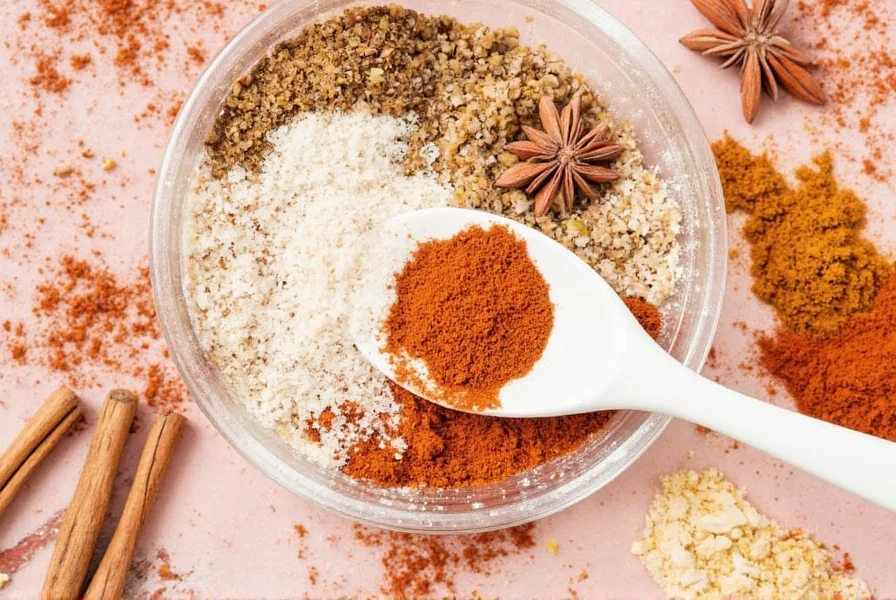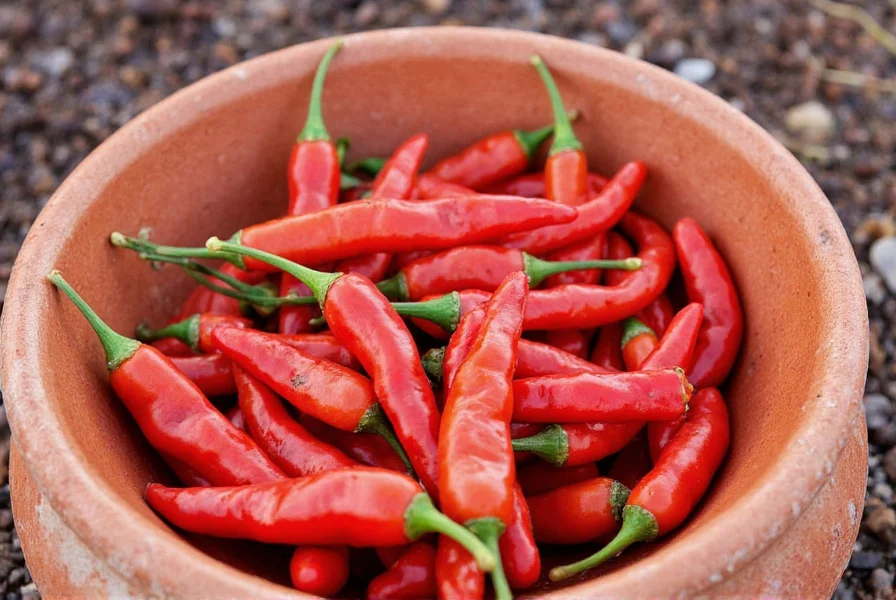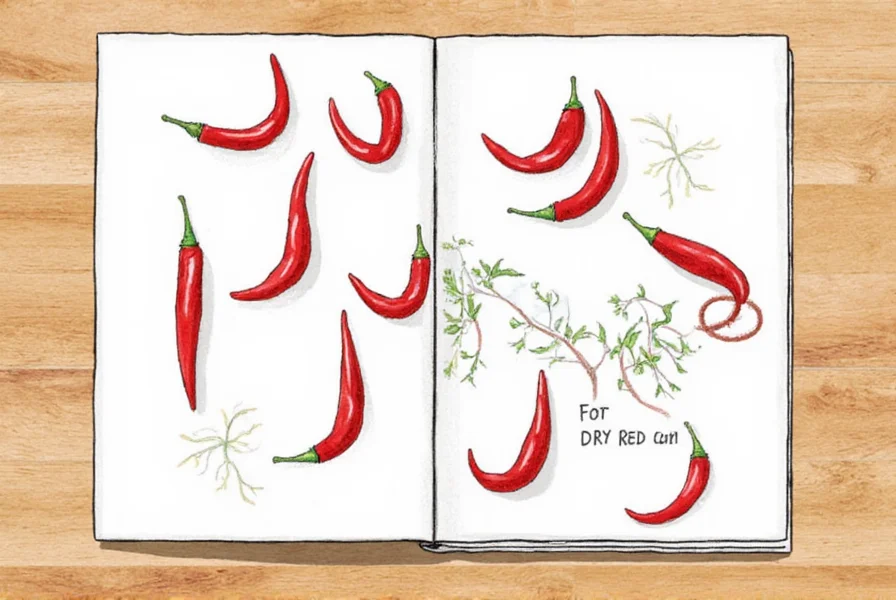Table of Contents
If you're a spice enthusiast or just someone who loves flavor, then dry red chillies are your new best friend. These little fireballs can transform any dish from basic to bold in an instant. But what exactly are they? And why should you care? Let's dive into the spicy world of dry red chillies.

What Are Dry Red Chilies?
Dry red chillies are simply fresh red chilies that have been dried out. This process concentrates their flavor and heat, making them a powerful ingredient in many cuisines around the world. They come in various shapes and sizes, from long and thin to round and plump. Each variety has its own unique flavor profile and level of spiciness.
Some common types include:
- Cayenne Peppers: Known for their bright red color and moderate heat.
- Anaheim Peppers: Mild and sweet, great for roasting and stuffing.
- Ghost Peppers: Extremely hot and used sparingly.

Why Choose Dry Red Chilies?
There are plenty of reasons to choose dry red chillies over their fresh counterparts. For starters, they have a longer shelf life, making them perfect for storing in your pantry. Plus, they add a deep, smoky flavor that fresh chilies can't match. Whether you're making sauces, stews, or even chili powders, dry red chillies are a must-have in any spice rack.
Another big plus is versatility. You can use them whole, crushed, or ground into a powder. This makes them ideal for a wide range of dishes, from Indian curries to Mexican salsas.

How to Use Dry Red Chilies
Using dry red chillies is simple, but there are a few tips to keep in mind. First, make sure to remove the stems and seeds before using them. The seeds contain most of the heat, so if you want a milder flavor, skip them. If you're using them whole, you can toast them in a dry pan first to bring out more flavor.
Here are some practical ways to use dry red chillies:
- Make a chili oil: Toast the chillies, add them to olive oil, and let it infuse. Perfect for drizzling over pizzas or adding to salads.
- Use in sauces: Crush them and mix with vinegar, garlic, and other spices to create a homemade chili sauce.
- Grind into powder: A great way to add heat to rubs, marinades, or even baked goods.

Buying Guide for Dry Red Chilies
When buying dry red chillies, look for ones that are firm, not brittle, and have a vibrant red color. Avoid those that are shriveled or discolored, as they may be old or low quality. Here are some top products to consider:
| Product Type | Best For | Key Features | Storage Tips |
|---|---|---|---|
| Premium Organic Dried Red Chillies | Health-conscious cooks | Organic, non-GMO, ethically sourced | Store in airtight container away from light |
| Smoked Dried Red Chilies | Barbecue and smoky dishes | Naturally smoked for extra depth of flavor | Keep in cool, dark place; freezer for long-term |
| Bulk Dried Red Chili Pack | Regular kitchen use | Cost-effective, large quantity | Use vacuum-sealed bags for maximum freshness |
Remember, when buying dry red chillies, always check the packaging for expiration dates and storage instructions. Proper storage ensures they stay fresh and flavorful for longer.
Common Mistakes to Avoid
Even seasoned chefs can make mistakes when working with dry red chillies. Here are a few things to watch out for:
- Overusing them: Too much chili can overpower a dish. Start with a small amount and adjust to taste.
- Not removing the seeds: As mentioned earlier, the seeds are where most of the heat is. If you're not a fan of intense spice, skip them.
- Forgetting to toast them: Toasting brings out more flavor. Don't skip this step if you want to elevate your dish.

Frequently Asked Questions
How long do dry red chillies last?
Dry red chillies can last up to a year when stored properly in an airtight container in a cool, dark place. For extended shelf life, you can store them in the freezer where they'll maintain their flavor and potency for up to 2 years.
How hot are dry red chillies compared to fresh ones?
Drying concentrates the capsaicin (the compound responsible for heat), so dry red chillies are typically 2-10 times hotter than their fresh counterparts, depending on the variety. When substituting dry for fresh in recipes, use about 1/4 to 1/2 the amount of dry chillies.
How do I store dry red chillies properly?
Store dry red chillies in an airtight container away from light, heat, and moisture. A glass jar with a tight-fitting lid in your pantry is ideal. For long-term storage, keep them in the freezer. Avoid storing them near the stove or in humid areas as this can cause them to lose flavor and potency.
Can I rehydrate dry red chillies?
Yes! To rehydrate dry red chillies, place them in a bowl and cover with hot water. Let them soak for 15-30 minutes until softened. You can also add them to simmering liquids like soups or sauces, where they'll soften as they cook. Some recipes call for toasting them first before rehydrating for extra flavor.
What's the difference between red chili powder and dry red chillies?
Dry red chillies are whole dried peppers, while red chili powder is made by grinding dried chilies into a fine powder. Chili powder may also contain other spices like cumin, garlic powder, and oregano, depending on the blend. Whole dry chillies give you more control over flavor and heat intensity in your dishes.
Are dry red chillies healthy?
Yes, dry red chillies are rich in vitamins A and C, antioxidants, and capsaicin which has been linked to various health benefits including improved metabolism, reduced inflammation, and pain relief. However, they should be consumed in moderation, especially if you have digestive sensitivities.
How do I handle dry red chillies safely?
When handling dry red chillies, wear gloves to prevent capsaicin from irritating your skin. Avoid touching your face, especially your eyes. Work in a well-ventilated area as the dust from crushed chillies can irritate your respiratory system. After handling, wash your hands thoroughly with soap and water.
Can I grow my own dry red chillies?
Absolutely! Many chili varieties can be grown in home gardens or containers. Once the peppers ripen to red, pick them and dry them by hanging in a warm, dry place or using a food dehydrator. Different varieties have different heat levels and flavors, so experiment to find your favorites.
Conclusion
Dry red chillies are a versatile and flavorful addition to any kitchen. Whether you're a beginner or an expert, they offer endless possibilities for creating delicious and spicy dishes. With the right knowledge and techniques, you can unlock their full potential and take your cooking to the next level.
So, the next time you're looking to add some heat to your meal, reach for a bag of dry red chillies. They might just become your favorite spice of all time.












 浙公网安备
33010002000092号
浙公网安备
33010002000092号 浙B2-20120091-4
浙B2-20120091-4